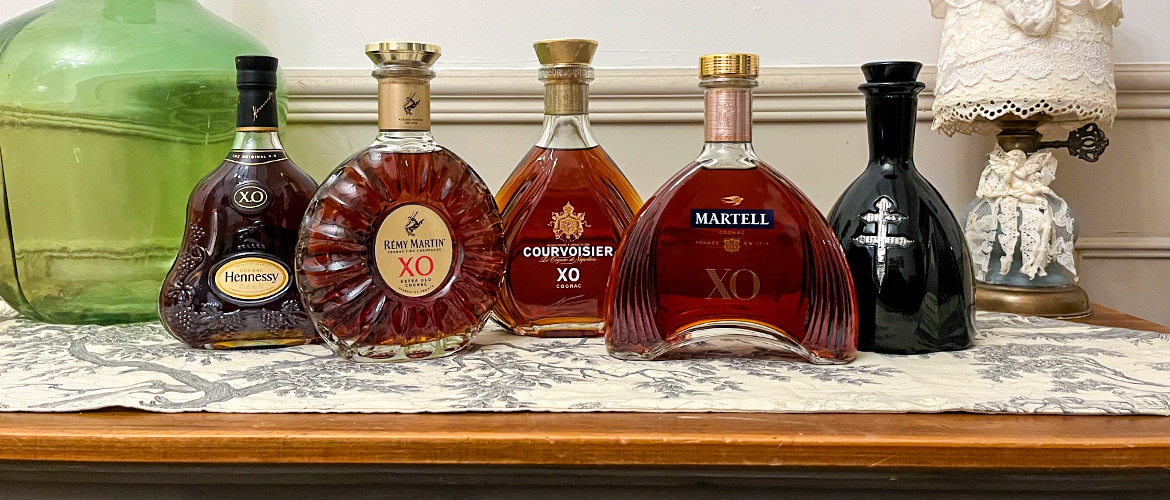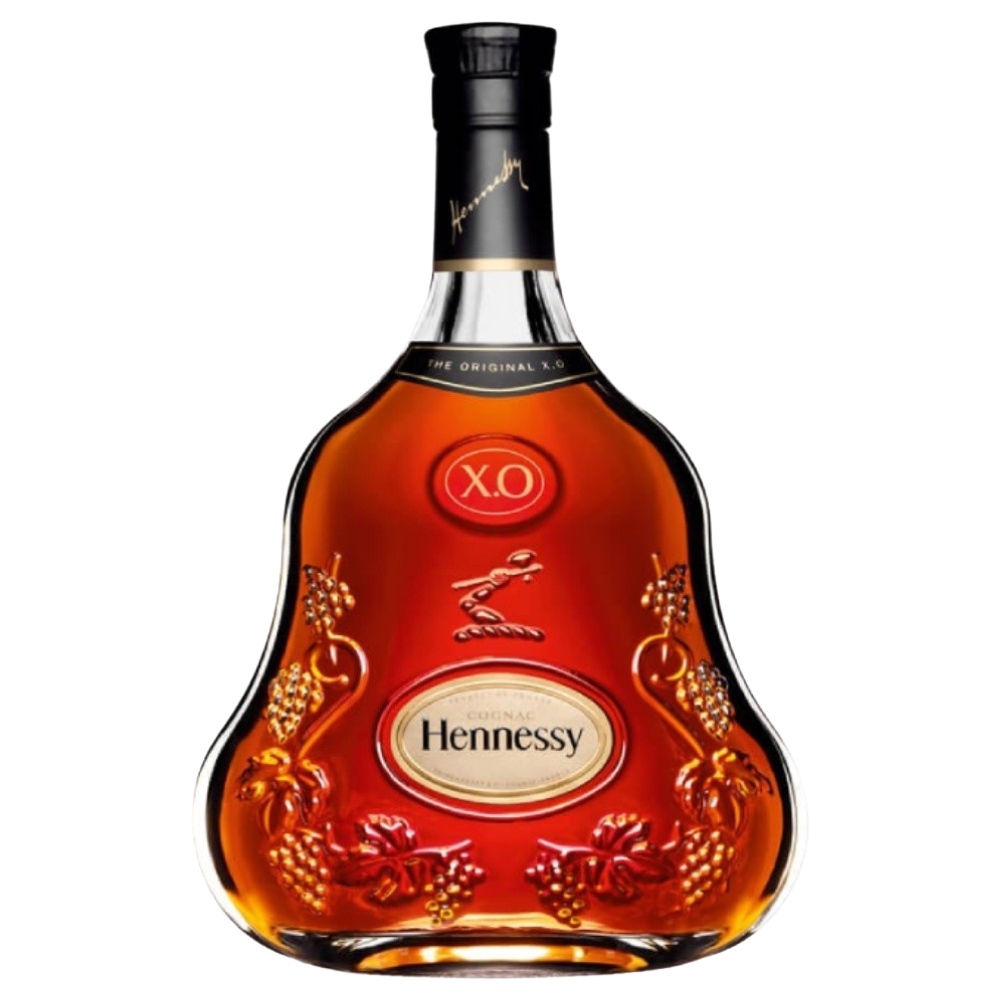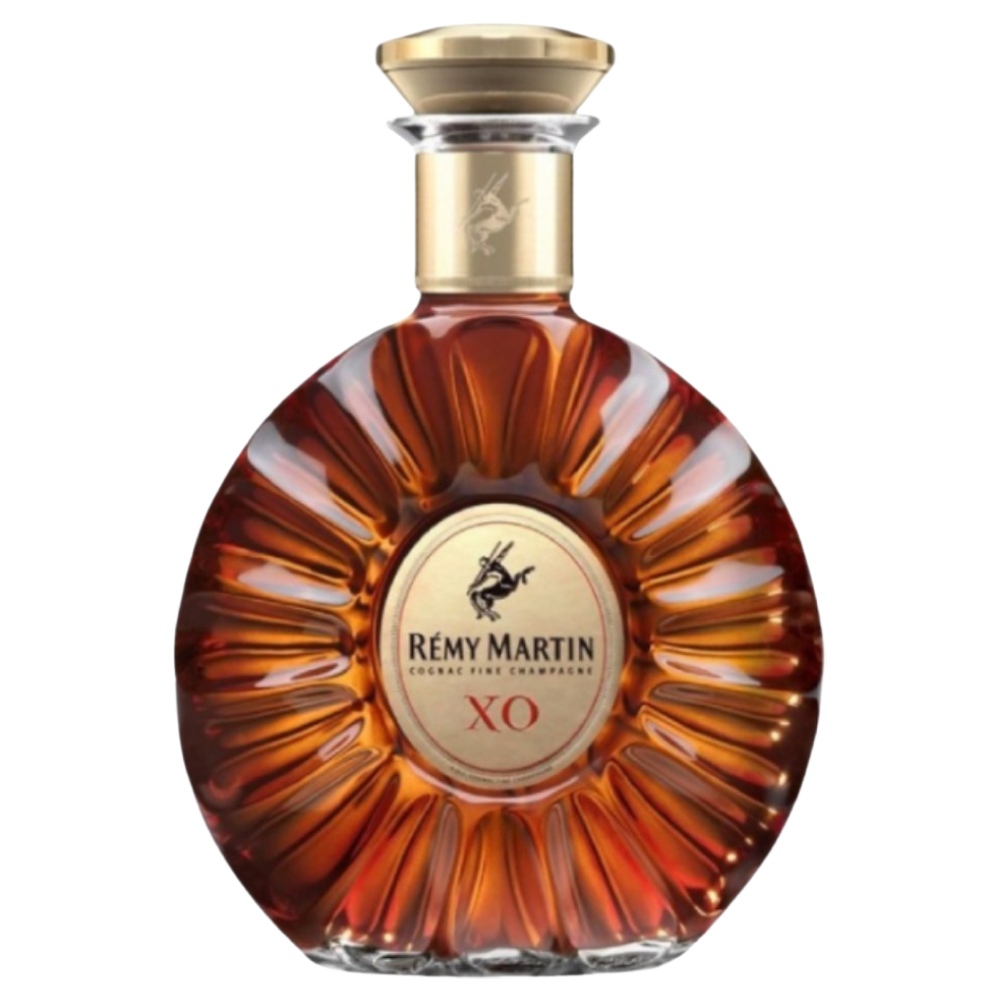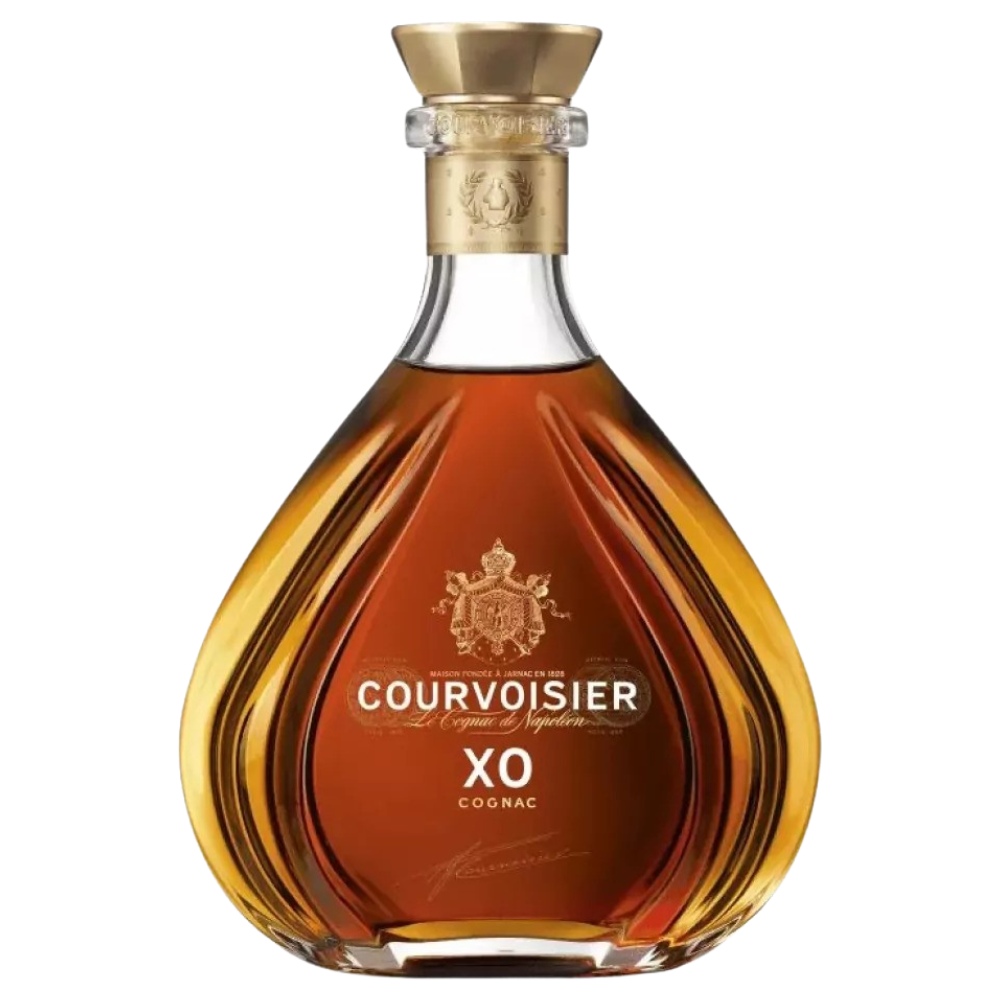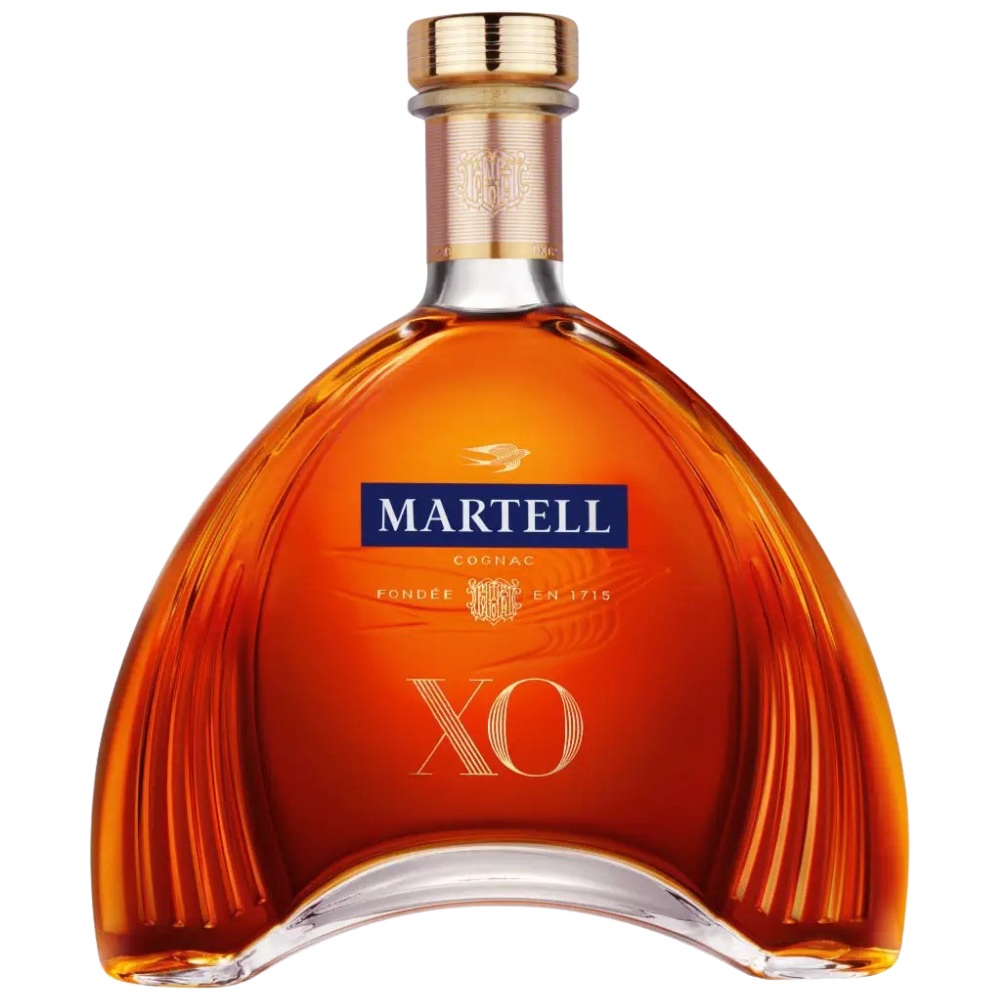Hennessy XO vs Remy Martin XO vs Courvoisier XO vs Martell XO vs d’Ussé XO
Our so-called Family Tastings began during the Covid pandemic and have continued each year, featuring either XO Cognacs or in the case of 2023, Hors d’Age Cognacs. Aside from it being great fun getting everyone together to taste, discuss, and share an enjoyable Cognac moment, we understand that such tastings can give good guidance for our dear customers. Blind tasting is also incredibly educational for us as well.
One such tasting we’ve had on our list but never actually sat down to execute is a Big Four XO Cognac tasting, featuring the iconic, most recognizable, most present XO Cognacs in all corners of the world: Hennessy XO, Remy Martin XO, Courvoisier XO, Martell XO – and we’ve also decided to add the d’Ussé XO.
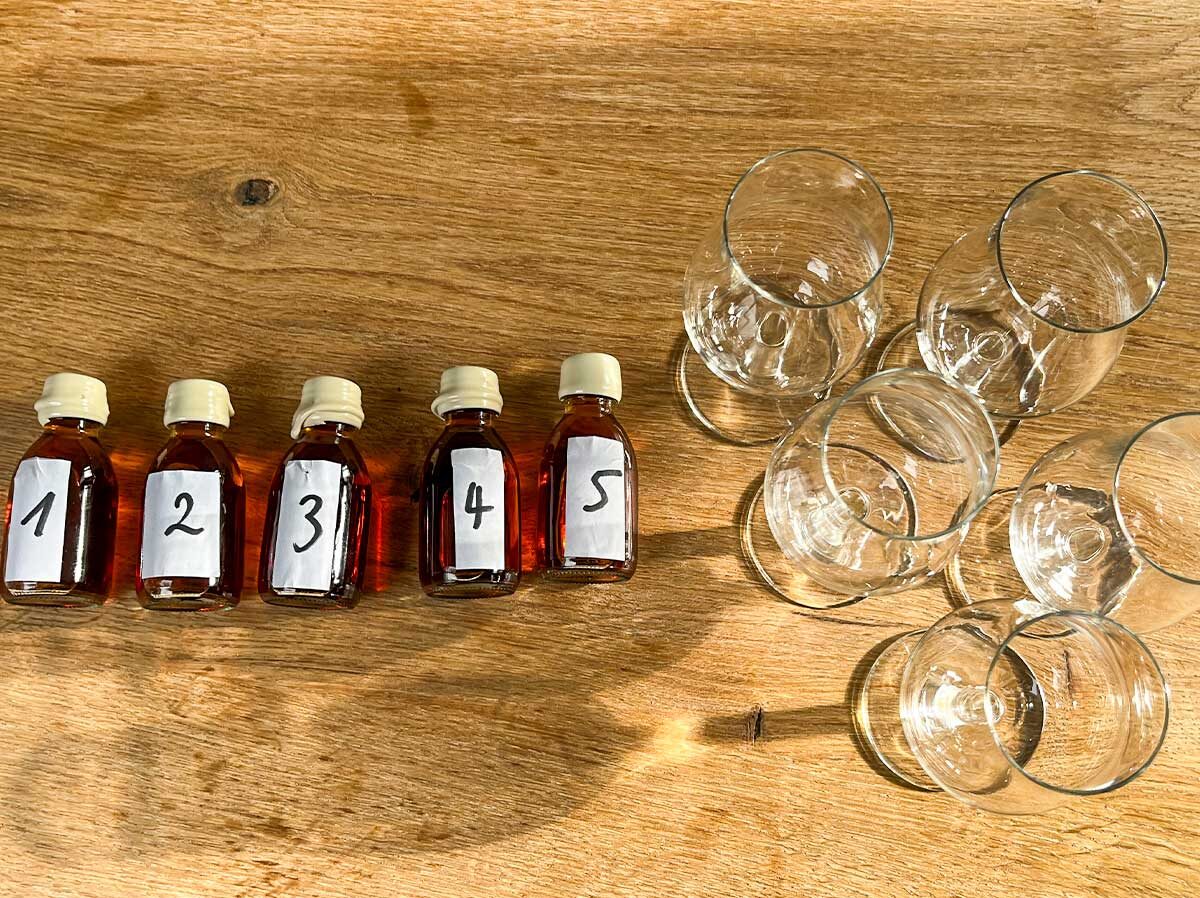
We will not actually call this a Family Tasting; the 2024 Family Tasting installment will most certainly come in the months ahead. Instead, think of this as a very logical “must-do” kind of tasting.
At the very core of the Cognac Expert DNA is to showcase the diversity of the Cognac region and the small artisanal producers working their craft creating fabulous Cognacs. But admittedly this mission sometimes takes us away from the Cognacs that started it all, the Big Four icons. In fact, in discussions with the team, everyone had tasted these classic XO Cognacs at some point or another, but no one had ever tasted them in one sitting, horizontally, in a blind tasting setting.
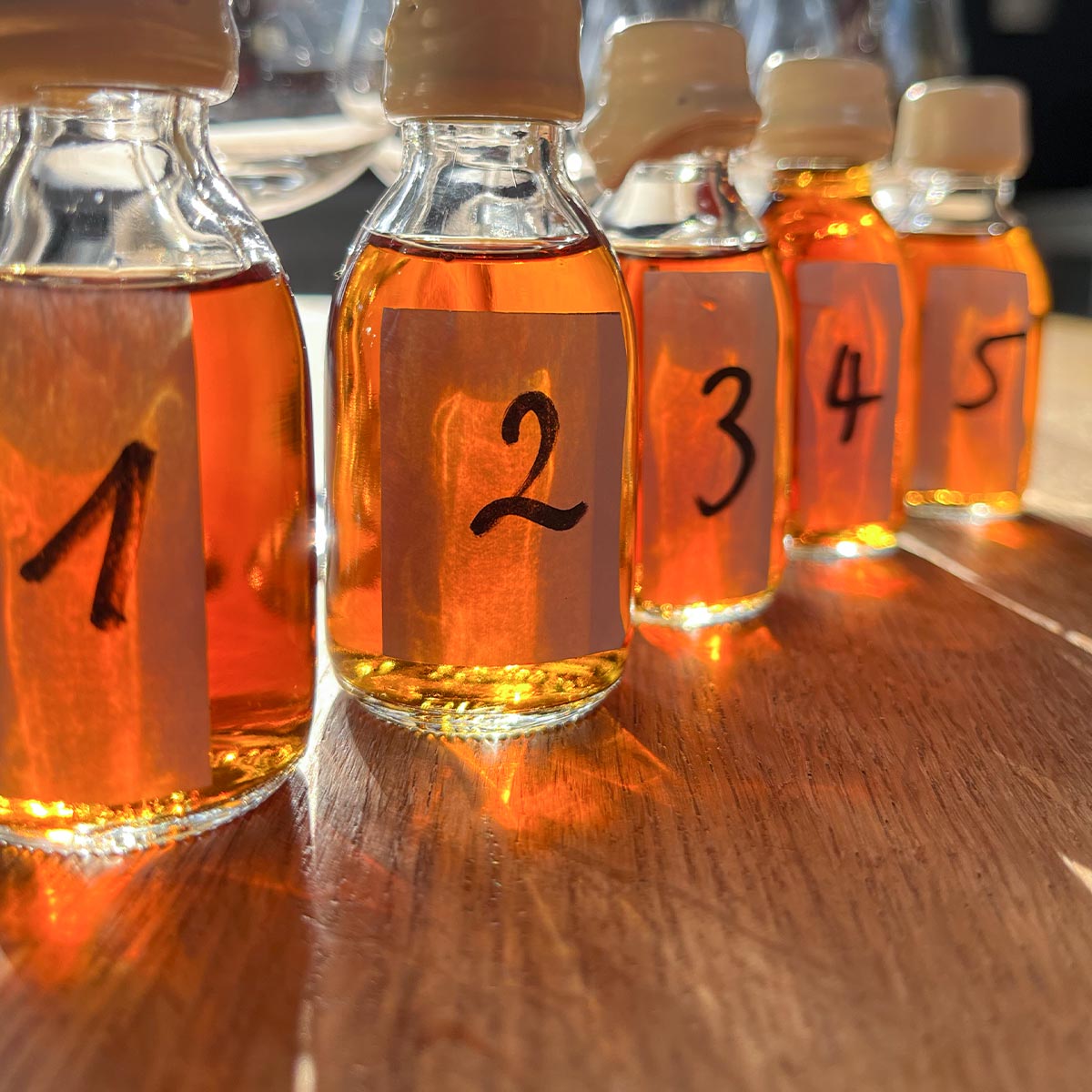

So we could not not do something about that. Hence, the reason for this Big Four XO Cognac tasting. A sort of “back to the fundamentals” tasting. Before we get to the good stuff, let’s quickly explore the History, House Style, a Fun Fact, and XO Product Details for each of the XO Cognacs in question.
If you desire to jump straight to the Tasting and Results, click the button below.
The Big Four Cognac Houses: Histories & Styles
Hennessy
History
Hennessy, one of the world’s most famous and iconic Cognac houses, was founded in 1765 by Richard Hennessy, an Irish officer serving in the army of King Louis XV of France. The company is headquartered in Cognac, France, and has a history spanning over 250 years. Initially, Hennessy established a trading business and began to send Cognac to his relatives in Ireland, marking the beginning of the brand’s global expansion.

Over the years, Hennessy has become synonymous with the Cognac industry and is noted for its consistent innovation and mastery in the art of Cognac making. The brand was one of the first to implement a system for classifying Cognac based on age and quality, which significantly influenced the entire industry – and still does to this day. Hennessy has been a part of the luxury goods conglomerate LVMH since 1987 and continues to be a leader in the Cognac market, with a reputation for quality and craftsmanship. It can be argued that Hennessy is the locomotive for Cognac the region and Cognac the spirit.
House Style
Generally speaking, there are two styles pursued at Hennessy:
- Refined, delicate, supple fruits and floral notes, used oak
- Rich fruits, chocolate, and other roasted notes, structured, some new oak
It is said that the Hennessy XO falls into the second style direction.
Fun Fact
Every morning at 11:00 am, the Hennessy Tasting Committee convenes to smell and taste approximately 50 eaux-de-vie, taking meticulous notes and classifying them by their qualitative and aging potential. See here for more interesting facts you probably didn’t know about Hennessy.
The Hennessy XO Cognac
- Hennessy’s flagship Cognac – an icon
- Created in 1870
- Approximately 100 eaux-de-vie make up the Hennessy XO Cognac
- How old is Hennessy XO? 20 years
- Hennessy XO alcohol percentage? 40%
- Style direction: Rich fruits, chocolate, and other roasted notes, structured, new oak
Remy Martin
History
Rémy Martin was founded in 1724 by Rémy Martin, a winegrower in the Cognac region of France. The house is distinguished for its exclusive use of grapes from the Grande Champagne and Petite Champagne crus, which are known for their chalky soil, contributing to the aromatic and flavor quality of their Cognac.

Rémy Martin is also noted for its traditional distillation methods, particularly its practice of distillation with the lees. Throughout its history, the house has gained acclaim for its expertise and craftsmanship in Cognac production, particularly for its Fine Champagne Cognac, which contains at least 50% Grande Champagne and the rest Petite Champagne. The house has remained family-owned for a significant part of its history, further cementing its legacy in the Cognac industry and its place in the Cognac Big Four. Its iconic Louis XIII Cognac remains a symbol of luxury and refinement in the spirits world and is the luxury Cognac which all others are measured against.
House Style
There is one primary house style pursued at Remy Martin, which can be described as: richness but with great precision, refined, and fresh.
This style is largely due to the house’s specialty of distillation of wines rich in lees.
Fun Fact
Remy Martin is the specialist in distillation of wines – often cloudy – rich in fine lees. This decision allows the house to showcase what the Champagne crus have to offer, but the Cognacs need time to show their true potential. This is the reason why Remy Martin does not produce a VS Cognac.
The Remy Martin XO
- Fine Champagne
- Approximately 300-400 eaux-de-vie make up the Remy Martin XO
- How old is Remy Martin XO? unknown
- Minimum 9 months in new, wide grain Limousin oak
- Remy Martin XO alcohol percentage? 40%
- Perfectly in line with the Remy Martin house style: rich fruits, precise, refined, fresh
Courvoisier
History
Courvoisier was founded in 1809 by Emmanuel Courvoisier and his partner Louis Gallois, originally operating as wine and spirit merchants in Paris. The house is famously known as the “Cognac of Napoleon,” a title stemming from the legend that Napoleon Bonaparte took several barrels of Courvoisier Cognac with him when exiled to Saint Helene in 1815. Officially establishing its distillery in Jarnac in 1828, Courvoisier is renowned for its meticulous production process, from the careful selection of grapes from partner vignerons in the region to the intricate blending of eaux-de-vie to the commercialization of their iconic range of classic Cognacs.
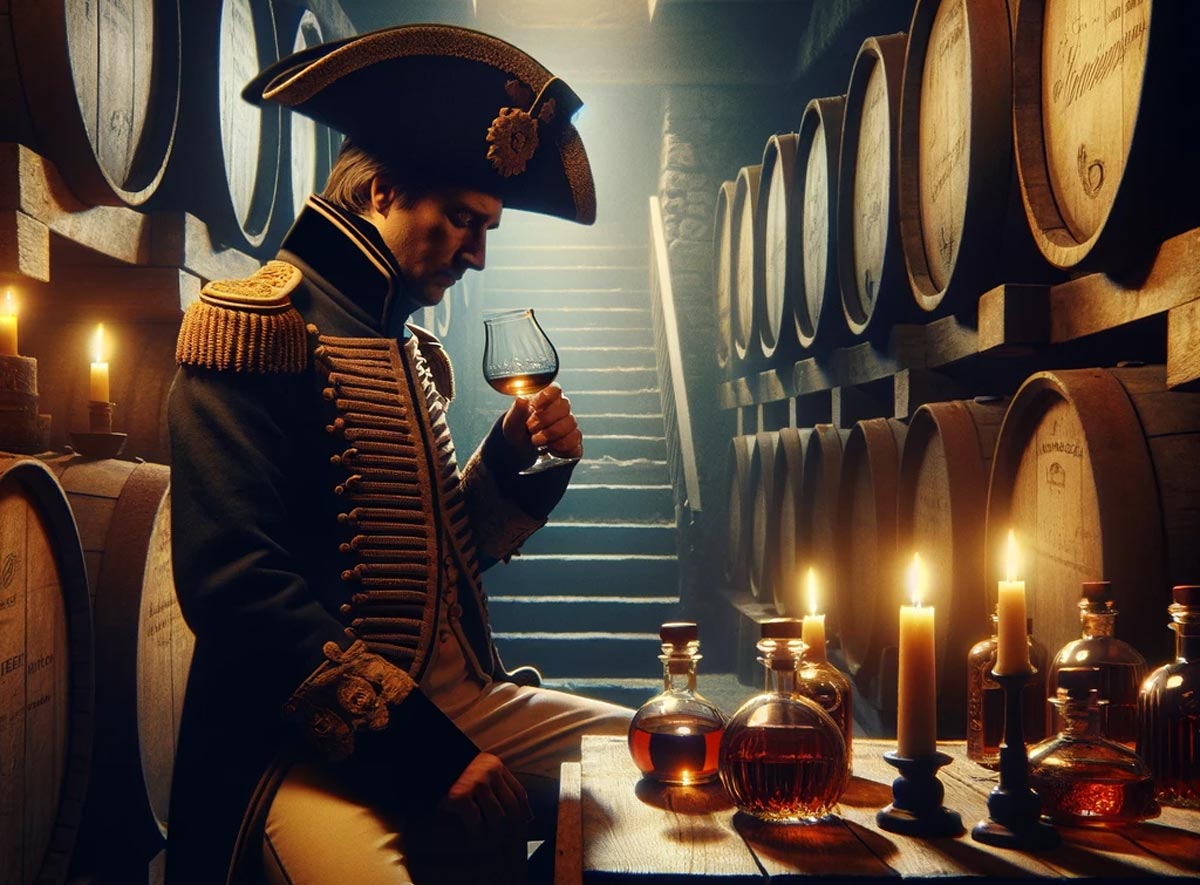
Today, Courvoisier continues to be celebrated globally for its rich heritage, quality, and its status as a symbol of luxury and refinement in the world of spirits. It is also a house that is particularly trendy in the rap music scene.
House Style
The Courvoisier house style is one which boasts a silky texture, great finesse, and a beautiful balance between fruit, florals, and soft spice. Oak does not play a dominant role in the Cognacs’ aroma and flavor profiles.
Fun Fact
Busta Rhymes’ rap classic Pass the Courvoisier helped firmly establish Courvoisier, and Cognac the spirit in the American rap music scene.
The Courvoisier XO
- Primarily eaux-de-vie from the Grande Champagne and Borderies crus
- How old is Courvoisier XO? 17 years (average)
- Courvoisier XO alcohol percentage? 40%
- Textbook demonstration of the house style: elegant, fine, silky, balance
Martell
History
Martell was founded in 1715 by Jean Martell, a young merchant originally from Jersey, Channel Islands. Established in the height of the French “Golden Age” of Cognac production, Martell quickly established itself as a prominent name in the Cognac industry. The house is renowned for its rigorous selection of grapes, primarily using the Ugni Blanc variety from the Borderies, the smallest and most exclusive crus in the Cognac region.
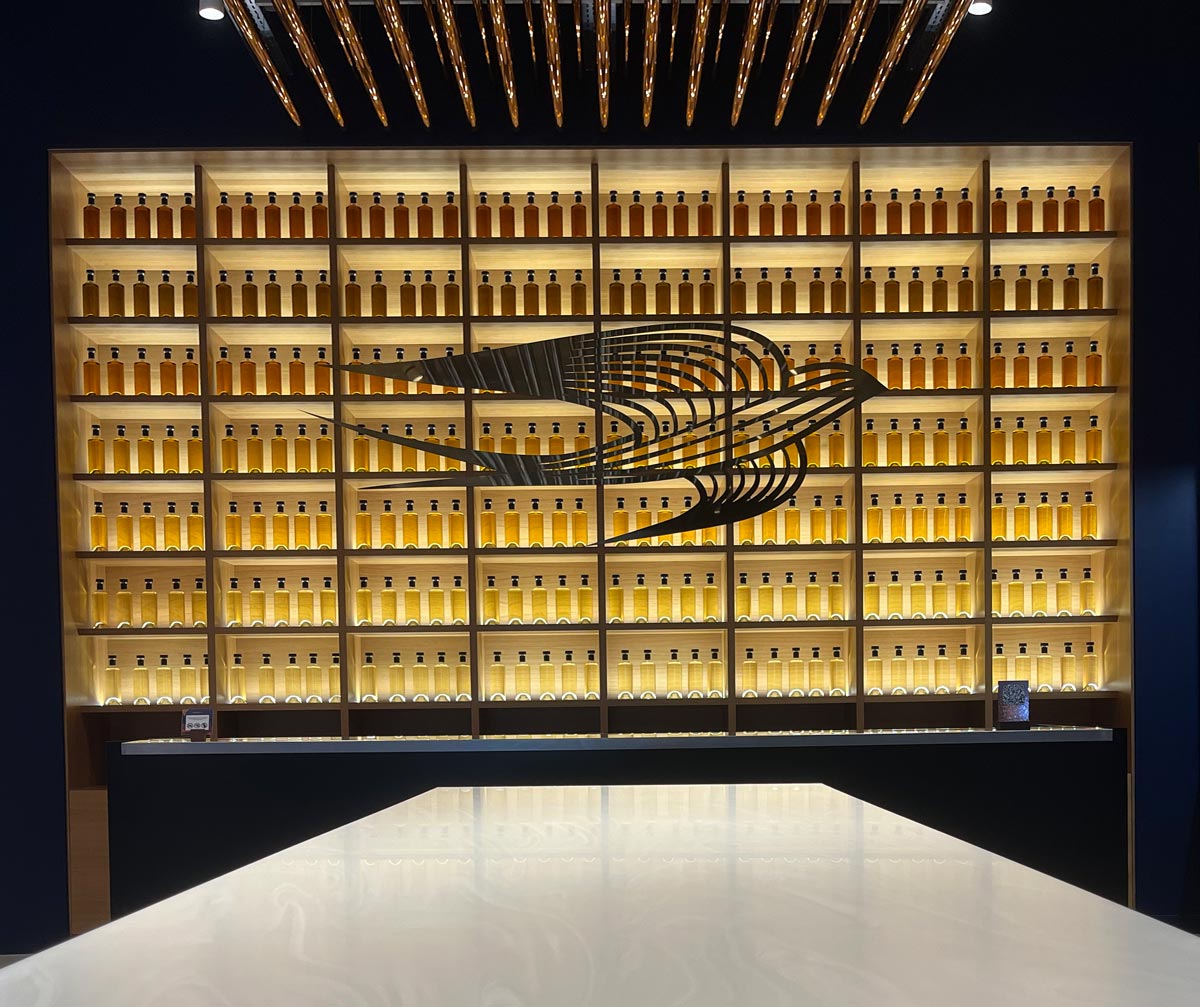
In fact, Martell purchases roughly half of the yearly wine production from the Borderies cru. This choice imparts a unique aromatic intensity to Martell’s Cognacs. Over its three-century history, Martell has been dedicated to producing a range of distinct and elegant Cognacs, characterized by their delicate fruit and plum notes – due in part to their choice to distill without the lees. Today, as part of the Pernod Ricard group, Martell continues to be a symbol of sophistication and a staple in the luxury spirits market, and a beacon of research and innovation in the region.
House Style
The Martell style is a style which places emphasis on fine and delicate florals, fruits, and spices, none of which are heavy handed. The Cognacs tend to be clean and pure, with ethereal aromatic qualities.
This style can be attributed to three key factors (among other things):
- Use of delicate Borderies eaux-de-vie in the majority of the blends
- Distillation of clear wines without the lees
- The use of fine grained oak, with a so-called “Martell chauffe”
Fun Fact
At Martell, there is a conviction that the lees can mask the terroir aspect of its wines and the eaux-de-vie which are created after the two distillations. Therefore, Martell distills clear wines without the lees. This choice makes the house and its Cognacs stand out amongst its Big Four peers.
The Martell XO
- Mainly eaux-de-vie from the Borderies, with some Grande Champagne
- Approximately 150 eaux-de-vie make up the Martell XO
- How old is Martell XO? Between 15 and 35 years old
- Martell XO alcohol percentage? 40%
- Distillation of clear wines without lees
- Fine grain oak barrels
- The standard bearer of the Martell style
D’Ussé
History
Cognac d’Ussé is a relatively recent addition to the world of fine spirits, yet it has quickly established a prestigious reputation. Launched in 2012, it was created by Bacardi in collaboration with rapper and entrepreneur Jay Z and the Château de Cognac, a historic distillery that has been producing Cognac since the 18th century. The château itself boasts an impressive heritage, situated on the banks of the Charente River in France, where its cellars’ unique microclimate plays a critical role in the aging process of the Cognac.
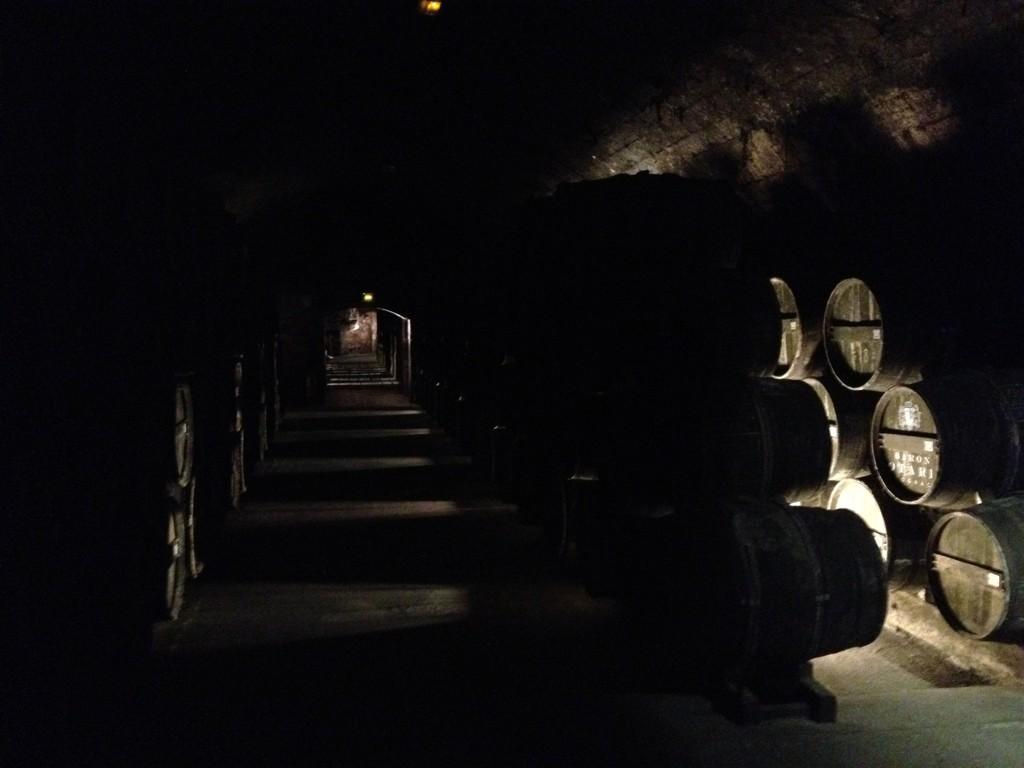
D’Ussé has rapidly gained prominence, not only for its exceptional quality but also due to its strong association with Jay Z. This partnership significantly elevated the brand’s profile, positioning D’Ussé as a symbol of luxury and exclusivity in the spirit market. It is worth noting that Jay Z sold his 50% stake in the company back to Bacardi in 2023 but remains involved with the brand still today. Nevertheless, D’Ussé’s rise reflects a modern approach to traditional Cognac making, combining centuries-old techniques with contemporary branding and marketing strategies to appeal to a new generation of Cognac enthusiasts.
House Style
Perhaps the hardest to pin down relative to the main Big Four houses – and due to its young age – the d’Ussé house style is considered as bold and distinctive, but never shying away from complexity and drinkability. Whether it be the aromas or the tastes, the aim is for an alliance between spice, wood, and fruit. Look for notes of apricots, peaches, cinnamon, honeys, chocolate and nuts.
Fun Fact
On multiple occasions after winning his Grammy awards, Jay Z famously poured d’Ussé XO Cognac into his Grammy award, making the award itself his own Cognac glass for the event.
The d’Ussé XO
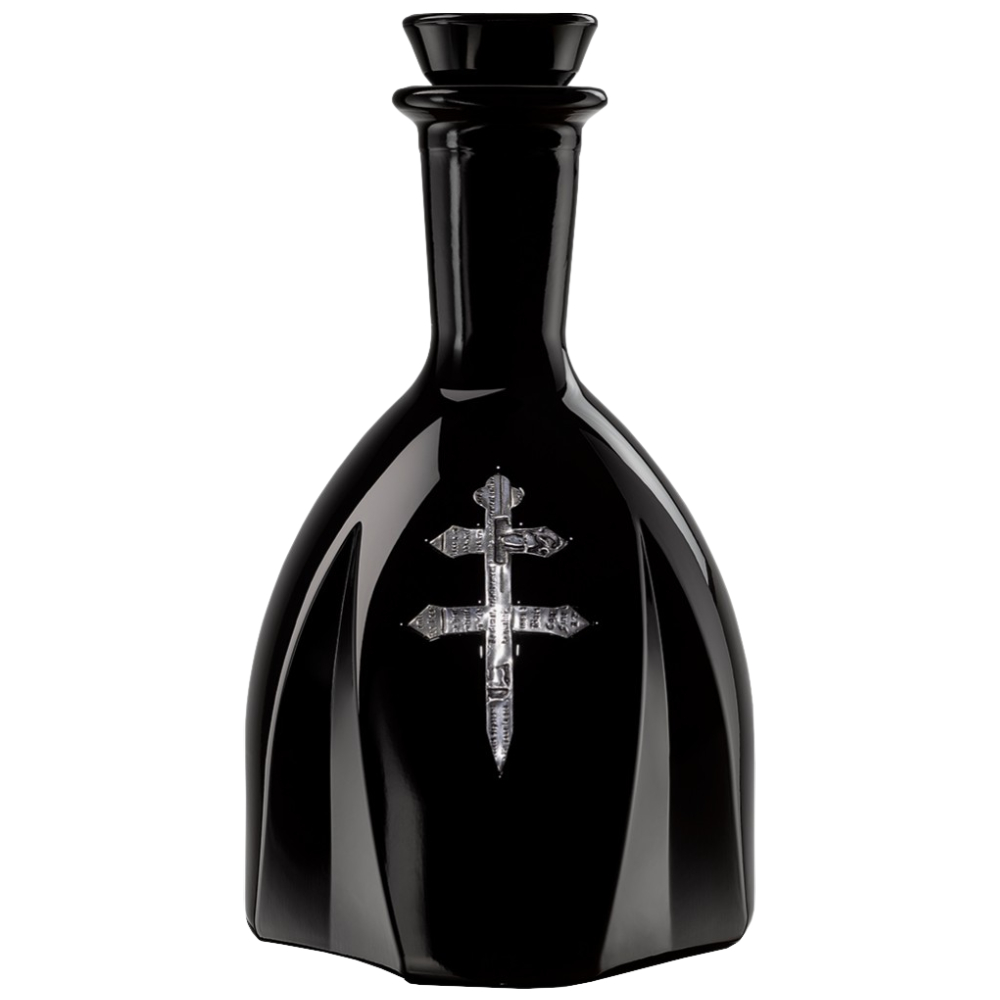
- Blend of eaux-de-vie from all of Cognac’s crus
- How old is the d’Ussé XO? unknown
- D’Ussé XO alcohol percentage? 40%
- Rich, smooth, and drinkable
Big Four XO & d’Ussé XO Cognac Tasting Conditions
The following Big Four & D’Ussé XO Cognac tasting was conducted as a single blind tasting in one sitting over a period of two hours. Recall that a single blind tasting is one in which the Cognacs to be tasted are known by the tasters, but the order in the horizontal lineup is unknown. Unsurprisingly for a Big Four tasting, the four XO Cognacs (plus the d’Ussé XO) tasted are as follows, in no particular order:
In previous organized Cognac Expert team tastings, Virginia acted as the “Tasting Master” and therefore was the only person aware of the order of the Cognacs, as she herself poured all the Cognacs. But on this occasion, our dear warehouse team decided to split the XO bottles into mini bottles and number them 1, 2, 3, 4, and 5. Each participant in the tasting received this set of five numbered bottles. In a sense there was no need for a so-called “Tasting Master” this time since the entire team and family could participate in the absence of any knowledge of the order of the five XO Cognacs. Again, this is a true single blind horizontal tasting for everyone who was involved.
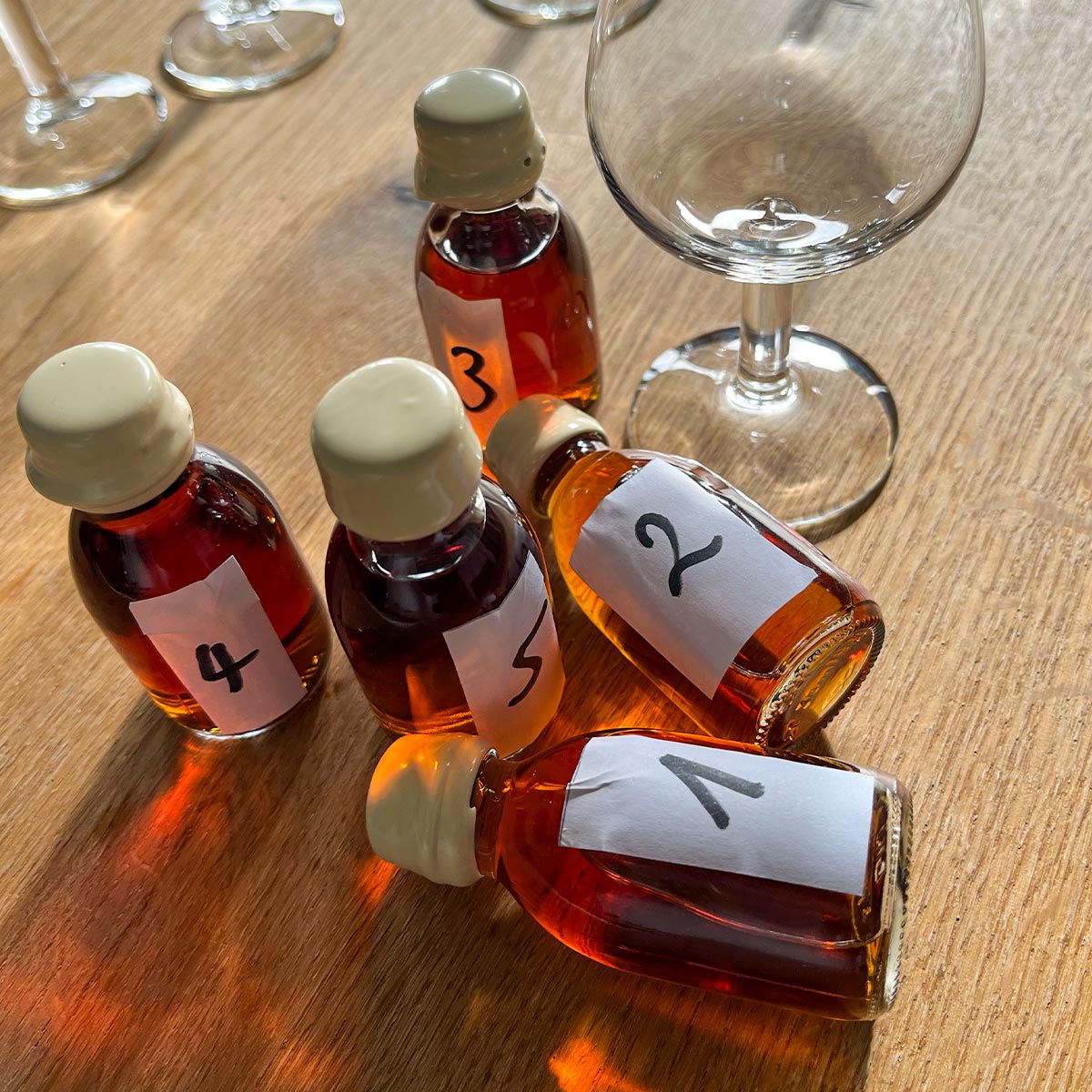
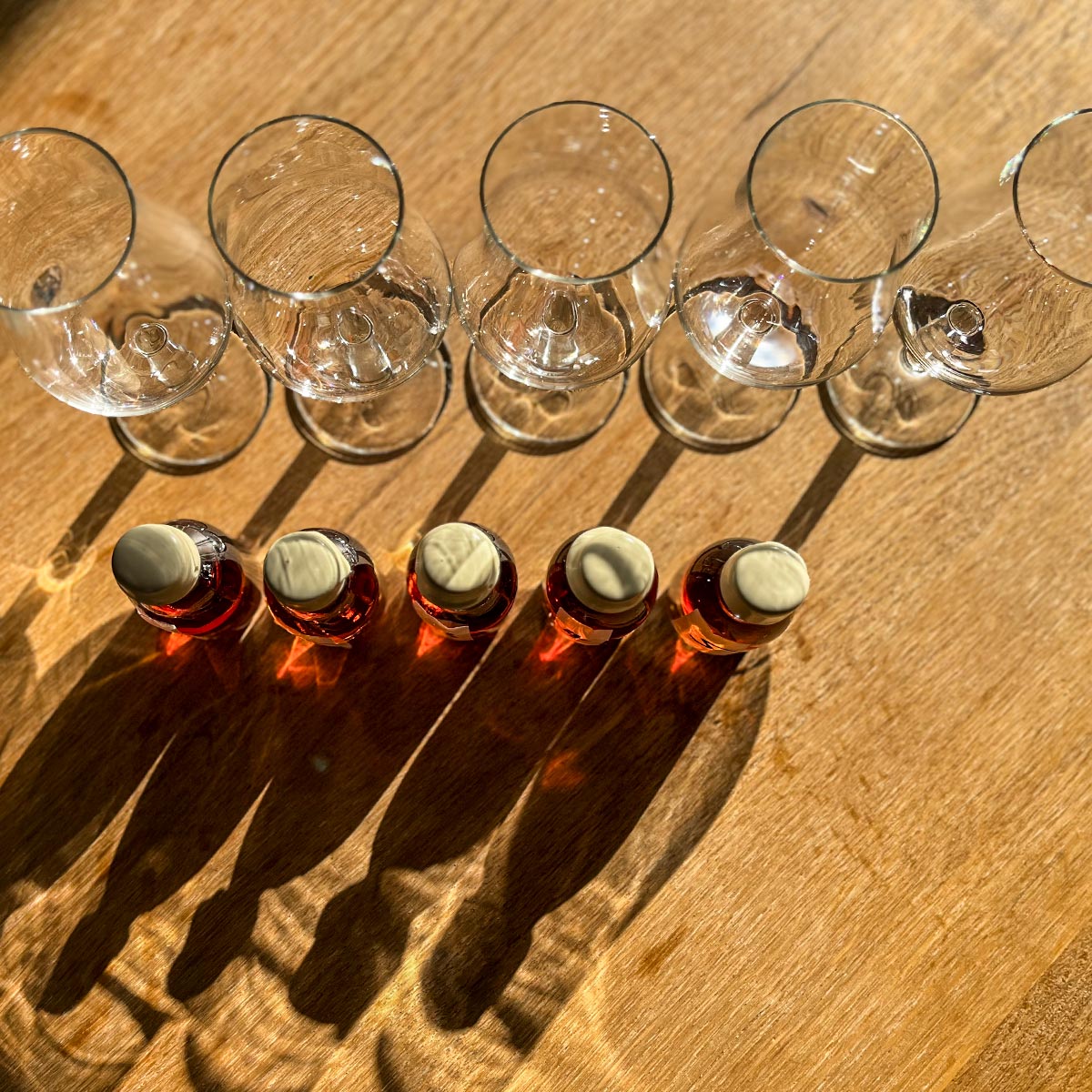
Images with bottles – open or unopen – were either taken before the tasting began or once it was complete. The original bottles were not in sight during the tasting, in case any color differences were to influence us.
The Cognacs came from brand new purchased 70cl bottles of each respective Cognac – so importantly NOT half-filled bottles that were opened months or years ago. The mini bottles were produced one week before the actual tasting. Each taster had five glasses lined horizontally. The glass used by all tasters was the typical tulip glass.
Lastly, a control, or reference, Cognac kicked off the tasting to let tasters calibrate their palates. Each taster used his or her own reference Cognac – mostly VSOPs or other young XOs.
And it goes without saying, the tasting was conducted responsibly, as much of the Cognac was spit – but not all.
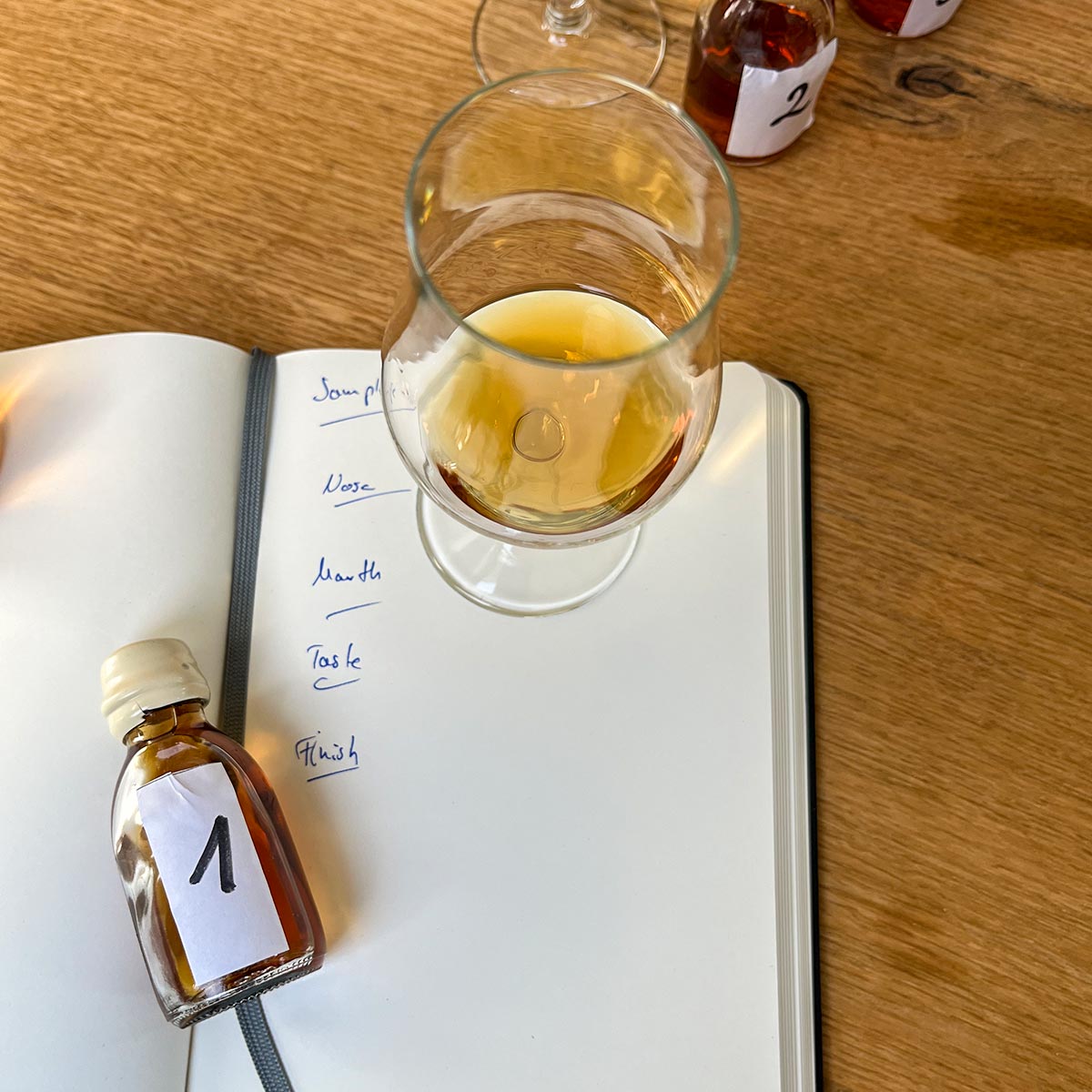
A Short Note About Scoring
Scoring is done using the typical 100 point system, not unlike done on the previous XO Family Tasting and the Hors d’Age Family Tasting. The Cognac Expert review platform also uses this 100 point scale. It is important to note that the scores reflect the tastes of the Cognac Expert Team and family members and so is indeed a very subjective exercise.
It is important, however, to note that the Cognacs were scored relative to their category – in this case the base XO Cognac category. For example, in respected wine magazines, it is not uncommon to see a 92 point score for a 500 euro bottle of white burgundy and a 92 point score for a 10 euro rosé from Provence. This does not show contradiction in the scoring system. Rather, it shows scoring relative to each wine’s respective category.
To be clear, we judged these five XO Cognacs relative to their XO category, and not any other age quality, such as VSOP, Hors d’Age, cask strength and overproof Cognacs, etc. Keep this in mind when browsing through the results below. Anyways, onwards with the tasting and the results.
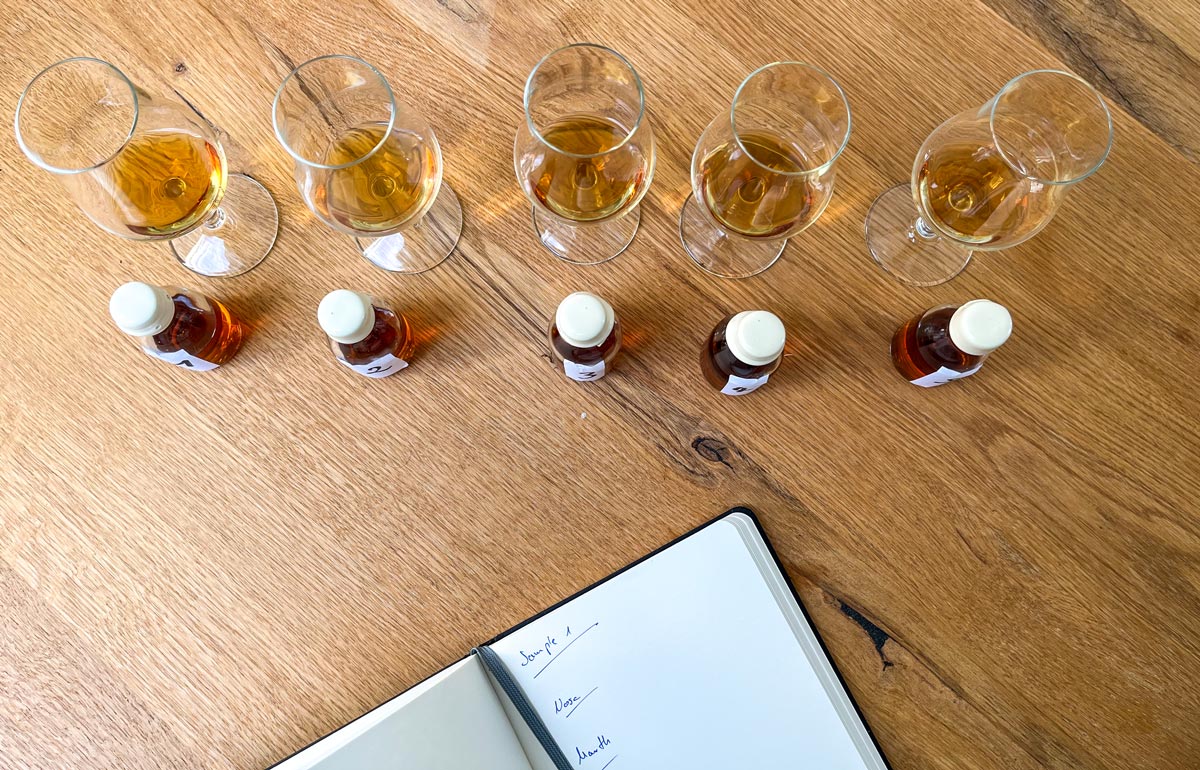
Big Four XO & d’Ussé XO Cognac Tasting Results
5th Place: Hennessy XO
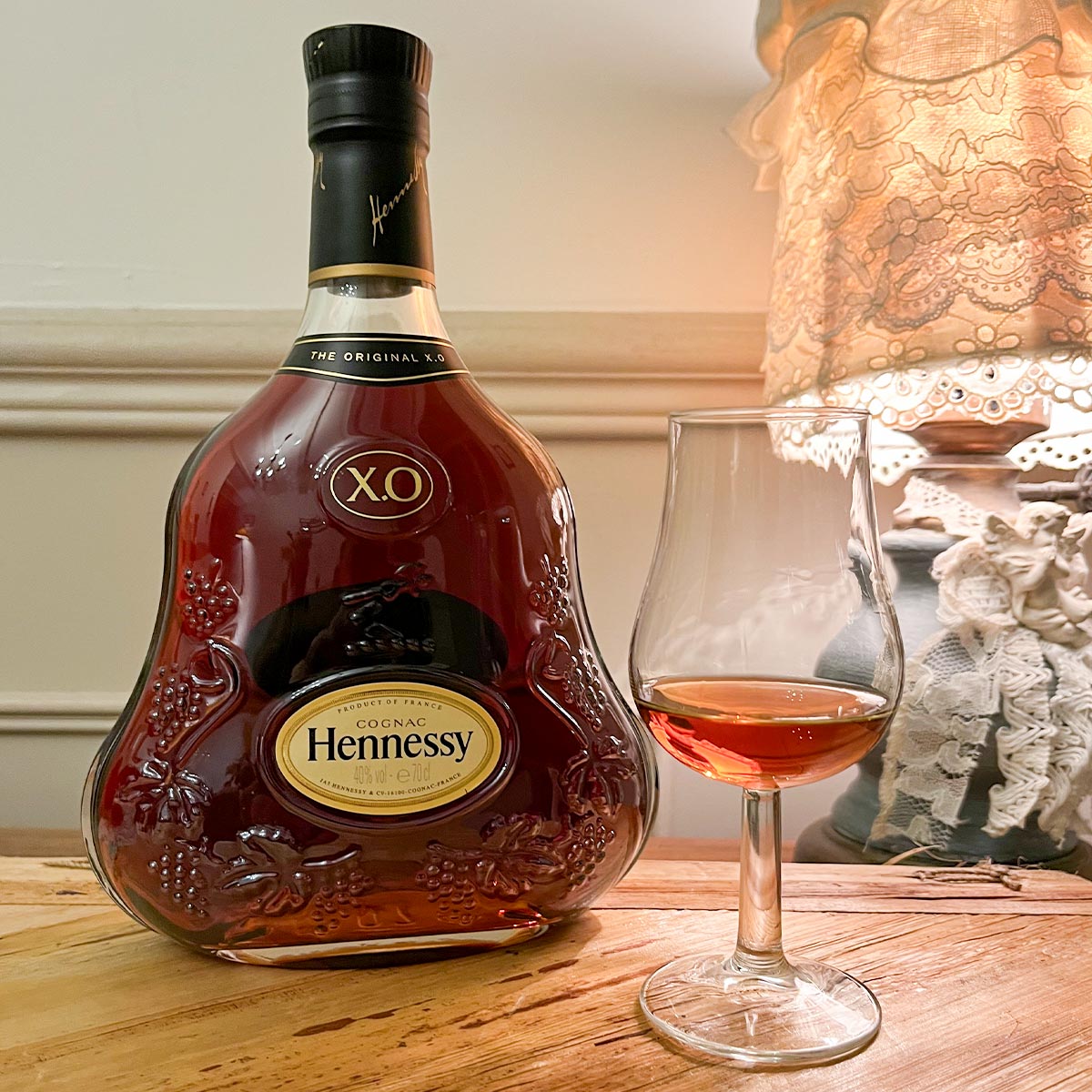
Score: 78 points
Tasting Note:
Nose: The nose opens with a robust and complex profile, featuring notes of candied fruit, hints of orange zest, and stewed pear. Some vanilla weaves through the spicy aroma, where pepper adds warmth and sharpness. A subtle hint of chocolate enriches the bouquet. A spirit-y note stood out suggesting a Cognac of strength and structure.
Palate: Fairly full-bodied, the palate delivers adequate texture and depth. The sweetness of candied fruit persists, now complemented by the creamy, smooth character of vanilla and the bold intensity of oak. The spice is more pronounced, with pepper and a hint of cinnamon adding complexity and warmth.The Cognac is indeed a structured Cognac.
Finish: The finish is medium and satisfying, with a subtle complexity that lingers on the palate. Pepper and oak provide a warming and robust close. The most spirit-forward and structured of all the Cognacs in the tasting.
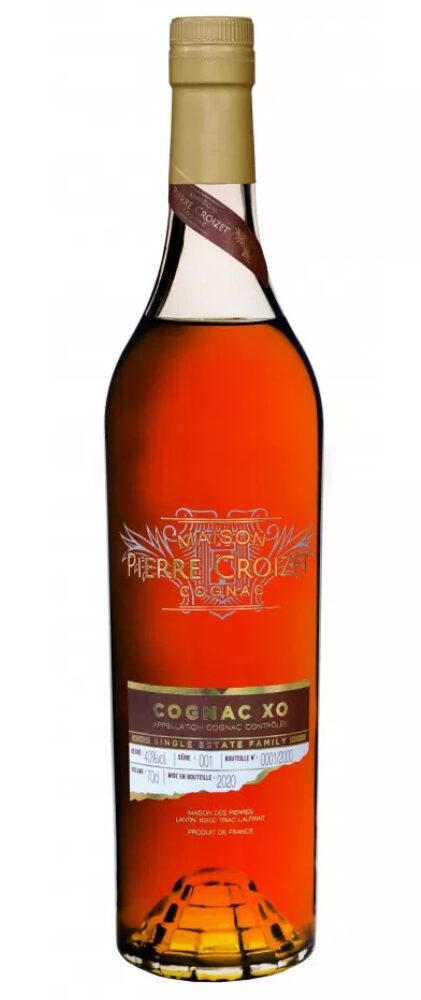
Alternative to Hennessy XO
Pierre Croizet XO
An XO Cognac that presents many of the same notes as the Hennessy XO but does so with great generosity and drinkability. There is great Fins Bois Fruit and spice, which lead the way for a pleasant tasting experience.
4th Place: Remy Martin XO

Score: 82 points
Tasting Note:
Nose: The bouquet is opulent and expressive, opening with floral and fruity notes. The fragrance of ripe plum and candied orange peel comes first, followed by a layer of spices. Hazelnuts and the distinct aroma of roasted cocoa beans add complexity, while a touch of honey sweetens the profile. A trace of of gingerbread provides a warm base.
Palate: Full-bodied and smooth, the palate offers a texture with a nice sweetness. Ripe plum and sweet orange flavors dominate, enriched by a nutty note and a roasted note. The present sweetness balances the blend, with the spices and gingerbread adding warmth – without ever getting abrasive.
Finish: The finish is fairly long, characterized by a lingering sweetness and warmth. Notes of honey, gingerbread, and spice persist.
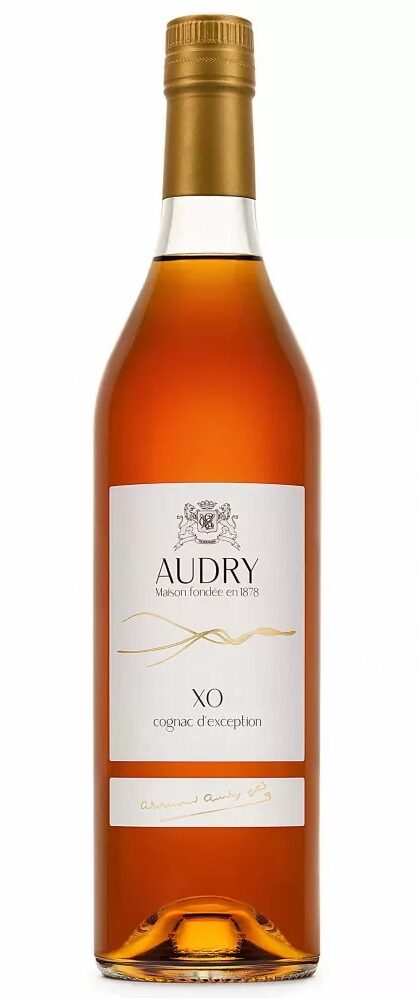
Alternative to Remy Martin XO
Audry XO
Quite simply, why not? Like the Remy Martin XO, the Audry XO is a Fine Champagne but this one showcases great balance and complexity. Warming spice and roasted notes dominate, and candied fruit is never far. This one’s been a hit with us for some years now.
3rd Place: Courvoisier XO
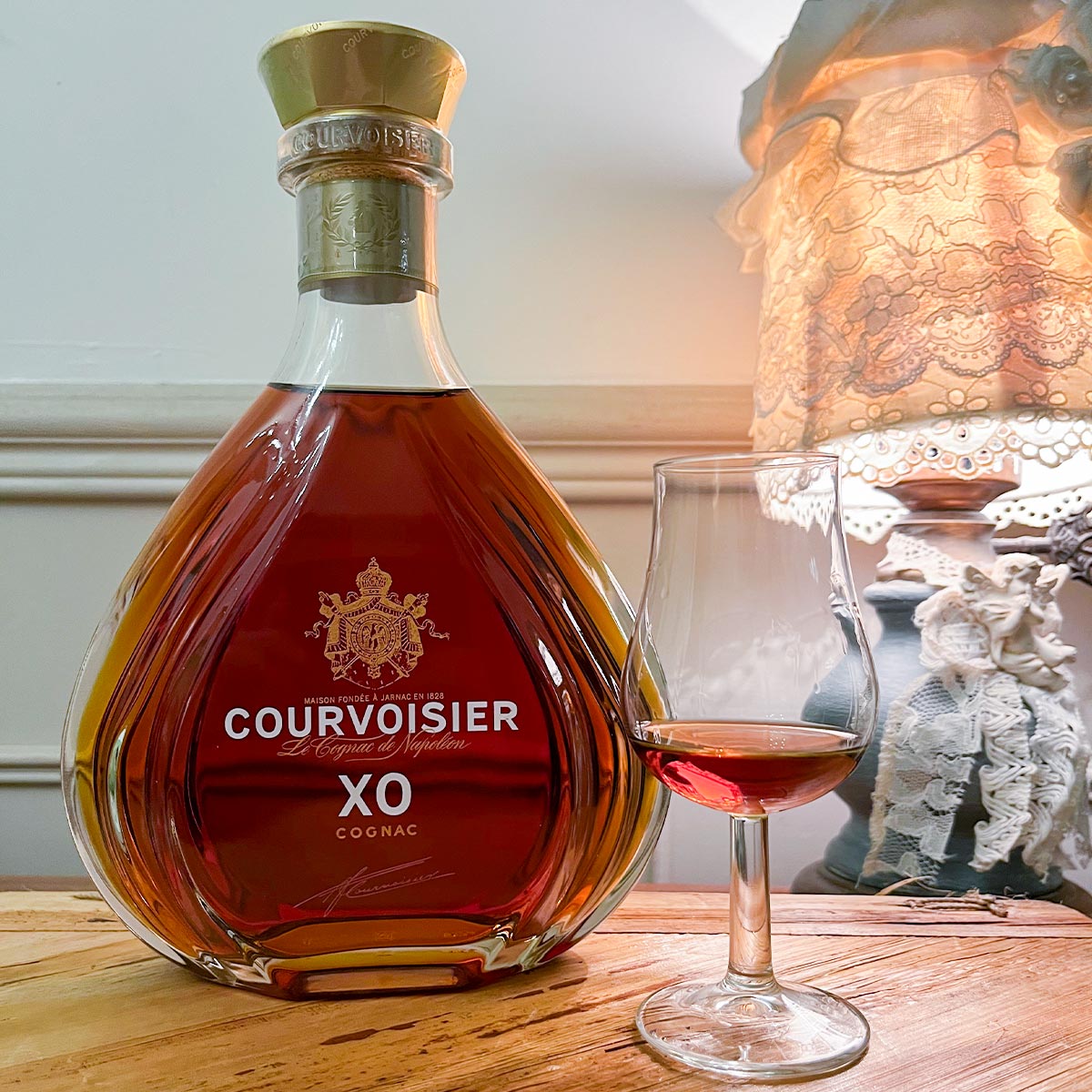
Score: 83 points
Tasting Note:
Nose: The aroma is delicate and layered, with a rich fruit paste essence at its core. Notes of fig, raisin, and plum offer a fruity depth, while candied orange adds a bright contrast. A backdrop of crème brûlée provides a creamy sweetness, enriching the bouquet with its sugary, caramelized depth.
Palate: Rich, textured and sweet. The palate unfolds with the complexity of ripe fruits. The fig, raisin, and plum from the nose blend seamlessly. Zesty citrus peels lift the tastes. The taste of crème brûlée and rich vanilla emerges, adding a velvety, creamy layer.
Finish: The finish is harmonious, leaving a lasting impression of the rich fruit and elegant sweetness. A fairly decadent Cognac.
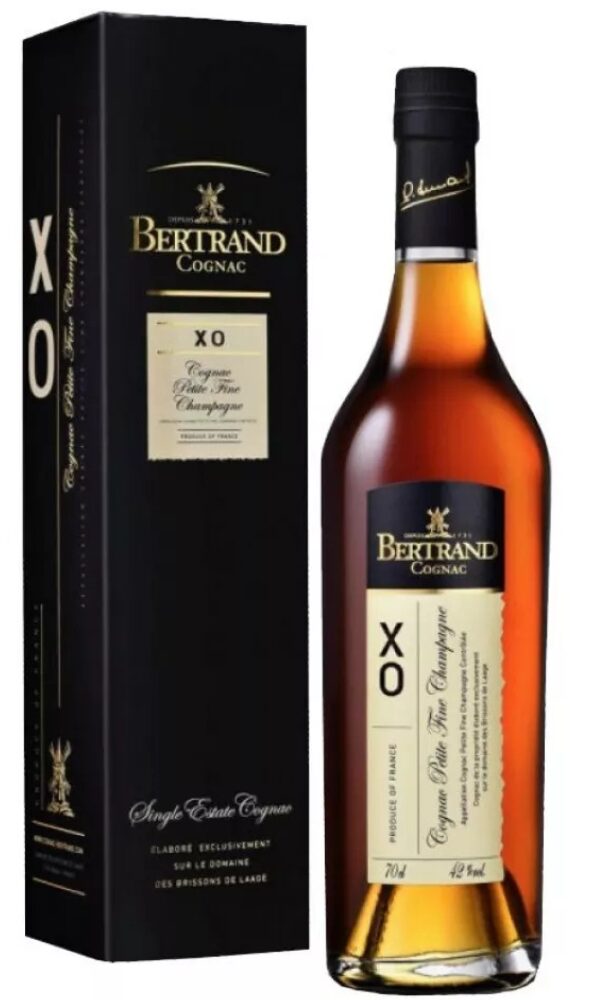
Alternative to Courvoisier XO
Bertrand XO
One of the richer and spicier XO Cognacs we know. But the balance is always so dialed in with this Cognac, leading to an extremely satisfying and decadent sensorial experience. Perhaps one for cooler months, but always a pleasure.
2nd Place: Martell XO

Score: 85 points
Tasting Note:
Nose: The aroma opens with an intense blend of spices – warming and spicy but always comfortable.This is immediately followed by the richness of fresh fig and fig pastes and the earthy undertones of walnut. Fragrant sandalwood adds a refined, woody note, laying a sophisticated foundation for the rich fruit. A Cognac of seeming power and finesse.
Palate: Rich yet delicate, the palate delivers an explosion of flavors. The spicy notes of black and pink pepper provide an intense, warming start. This transitions into the deep, sweet notes of fig and the nutty roasty earthiness. Some reddish fruits appear, which is somewhat unexpected. The palate is textured and full, yet still fine and supple.
Finish: The finish is satisfying, with a good balance of intensity and finesse. The spicy notes gently fade, leaving a lasting impression of rich fruit and elegant woodiness. Fairly complex Cognac.
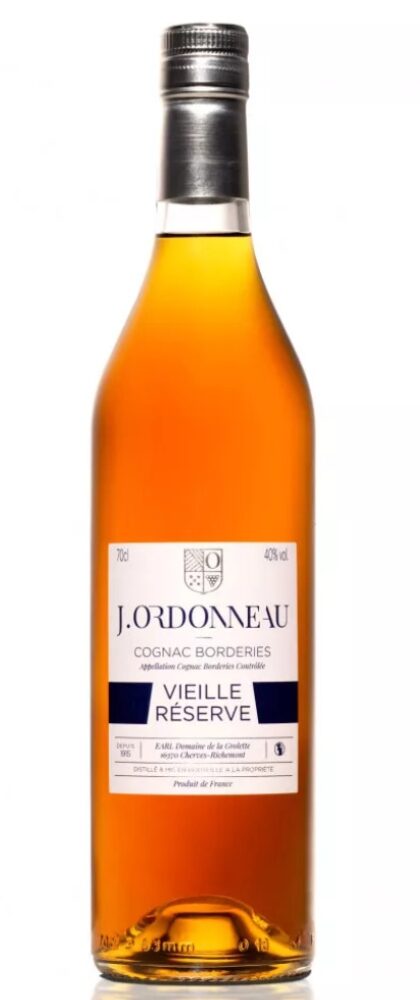
Alternative to Martell XO
Ordonneau Tres Vieille Reserve
One of the best rated and most popular Cognacs – and a gem from the Borderies. The delicate, supply, floral notes are on full display. The Cognac is a touch fresher and less dark than the Martell but the same markers show up that we know and love from the Borderies.
XO Cognac Tasting Winner: D’Ussé XO
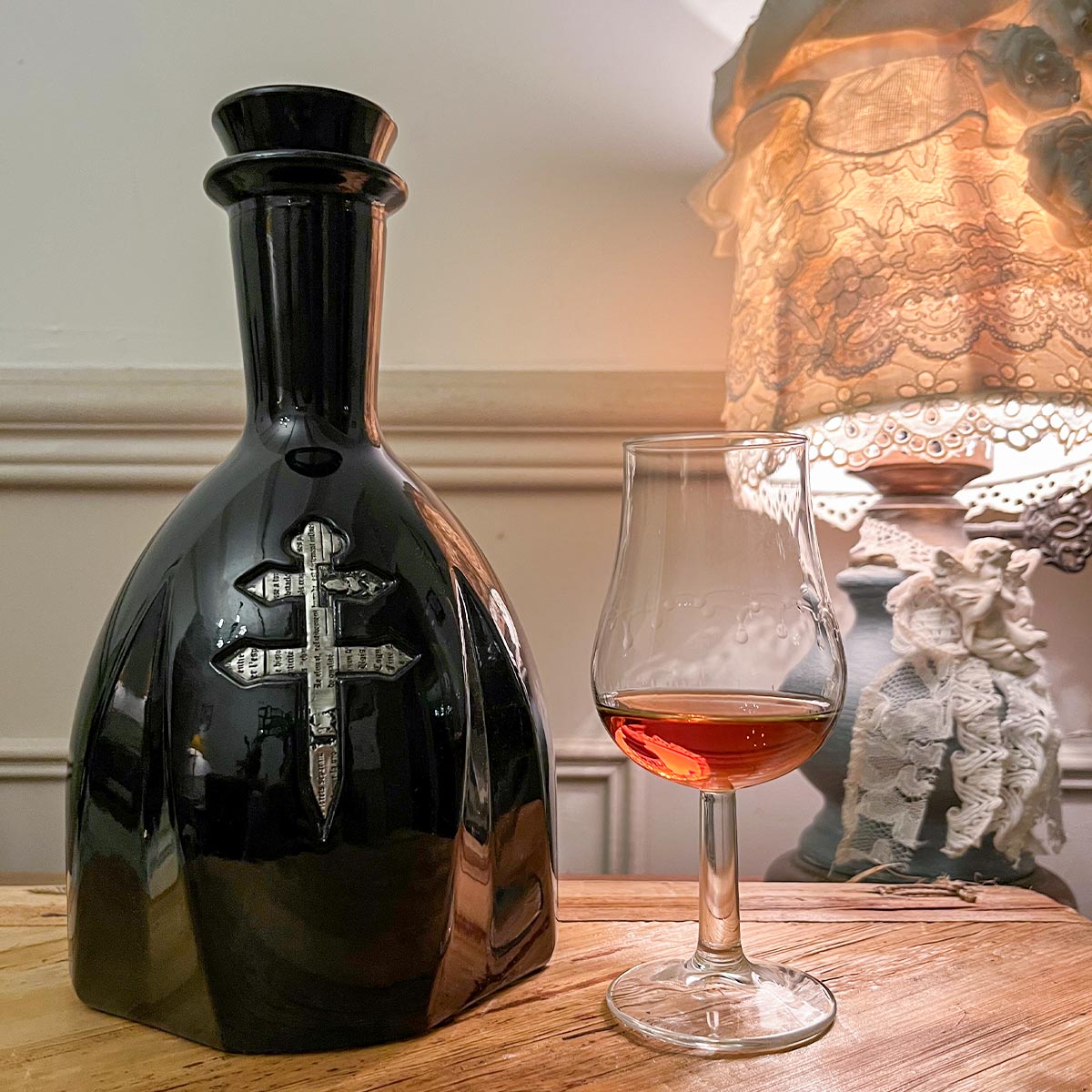
Score: 88 points
Tasting Note:
Nose: Rich and inviting with a deep fruitiness characterized by apricot and candies or stewed peaches. The aroma is layered with warm spices such as cinnamon and nutmeg. The presence of vanilla adds a sweet, creamy undertone, while hints of walnut provide a nutty richness. Woody elements and a subtle roasted note of chocolate further contribute to the Cognac’s complexity.
Palate: A complex and smooth texture greets the palate. It is sweet but not cloying or heavy. Sweet nuances of flower honey seamlessly blend with the dark chocolate depth and the lushness of the juicy yellow and orange orchard fruits. The warming fall spices are perfectly balanced by the subtle oaky undertones, which contribute to the sophisticated impression it provides. Vanilla flavors waft, thus confirming this is a sophisticated and comforting XO Cognac.
Finish: The finish is relatively long, leaving a lingering sweetness paired with the elegance of spice and oak. The balance between fruit, oak, and spice is best here.
Interestingly, this one developed the best with time in the glass.
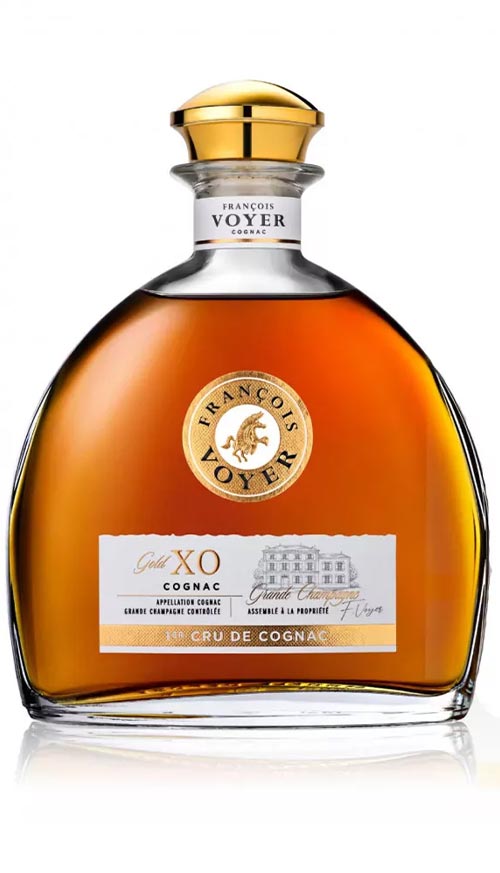
Alternative to D’Ussé XO
François Voyer XO Gold
A cut above due to its interesting age and its 100% Grande Champagne origins. This is aromatic refinement in a glass. Many of the same notes and fruit flavors appear but they are all enhanced, seemingly magnified and more impactful on the palate. And the length provides the gentle reminder of why the Grande Champagne is so treasured. A benchmark XO Cognac!
Conclusion
This was indeed a tasting that proved to be just as surprising as it was interesting. It’s telling the fact that until this point not a single Cognac Expert team or family member had tasted these five XOs in one single sitting. The very core DNA of Cognac Expert being what it is, we very often are pulled into the more rural corners of the region trying to tell the story or small immensely authentic Cognac producers. Our passion and pride is in doing that, so sometimes we lose focus on the icons.
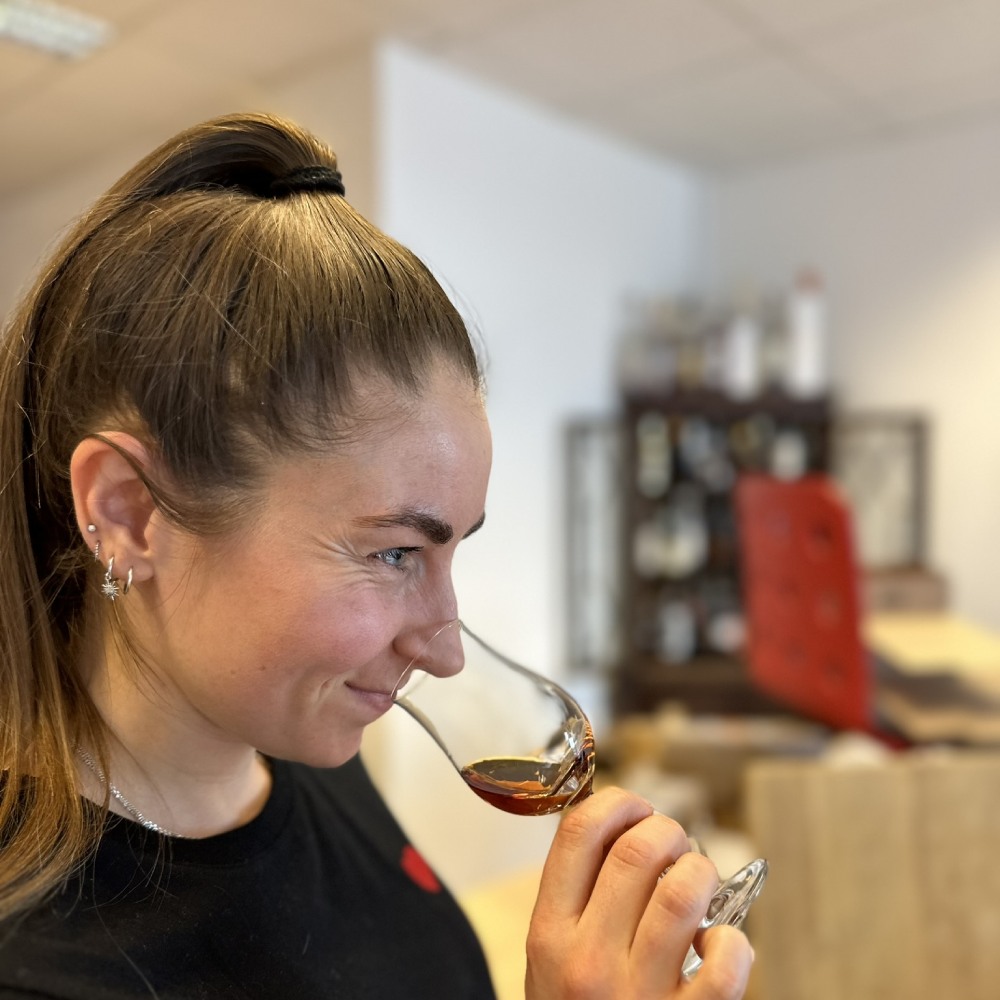

There were some important takeaways we all had after we had completed the tasting:
- Overall, the quality was at a perfectly high level. True, these big houses may lack the authenticity and charm of small producers, but if we’re solely rating the Cognac in the glasses in front of us, each of these provides a nice sipping experience and showcases typical Cognac aromas and flavors.
- These Cognacs were fairly similar in smell, taste, and texture. Differences came down to aromatic intensity, mouthfeel, and texture. The lower finishing Cognacs had slightly more subdued aromas and/or mouthfeels and/or finishes that showed some edges. We would be lying if we said these five Cognac were night and day different. They were not.
- All of the XO Cognacs were noticeably sweet. There is no denying that these Cognacs contain some coloring and sugar additives, and that is perfectly fine give the scale of their production and their consistency year in and year out. But in some instances, the sweetness could be felt. Any fans of single cask and overproof spirits should probably stay away.
- Do each of these Cognacs represent Cognac and the XO Cognac category? Absolutely. It would be hard to say that any of these lack the typicity one should expect to find in a Cognac. On a “True to Category” scale, all of these score 5/5. In short, they smell and taste like Cognacs.
- For sometimes half the price, better, more interesting alternatives do exist. But, it is important to remember that not every Cognac shopper is looking for better quality at a cheaper price. There is something to be said for buying the brand. And there is no denying the strength of these brands around the world.
- The so-called Cognac tree is stronger and better off having these icons as its foundation. There is a Cognac out there for everyone, and we’re willing to bet that many Cognac lovers today owe their love for Cognac to one of these big houses. And we see that as a tremendous positive.
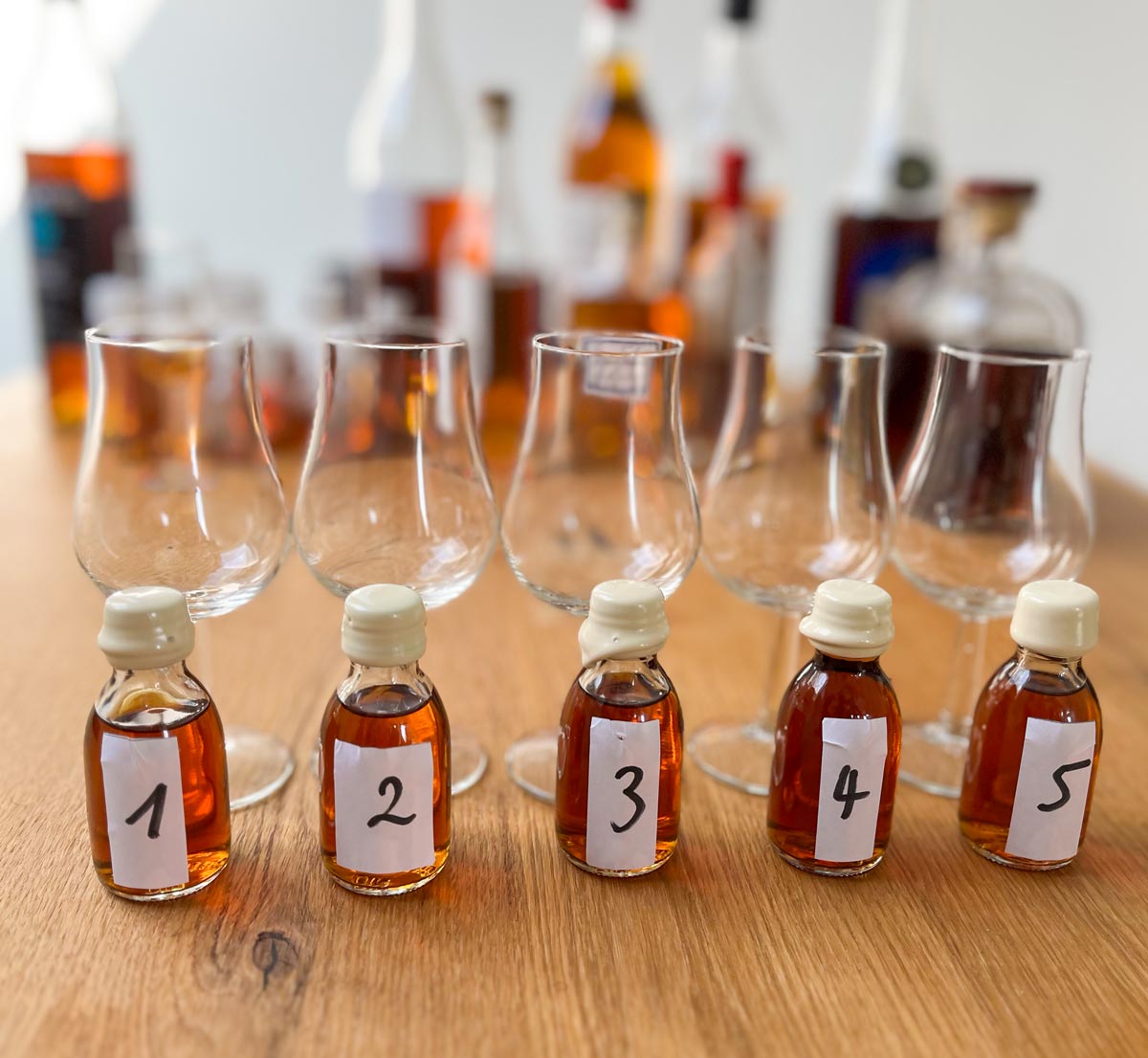
We thoroughly enjoyed this XO blind tasting and will look forward to the next. The Big Four and d’Usse are icons and regional locomotives for a reason, and such a tasting helps reinforce that. Moreover, it helped each and every one of us gain a better understanding of Cognac – the spirit we regard as the world’s greatest! Cheers!

